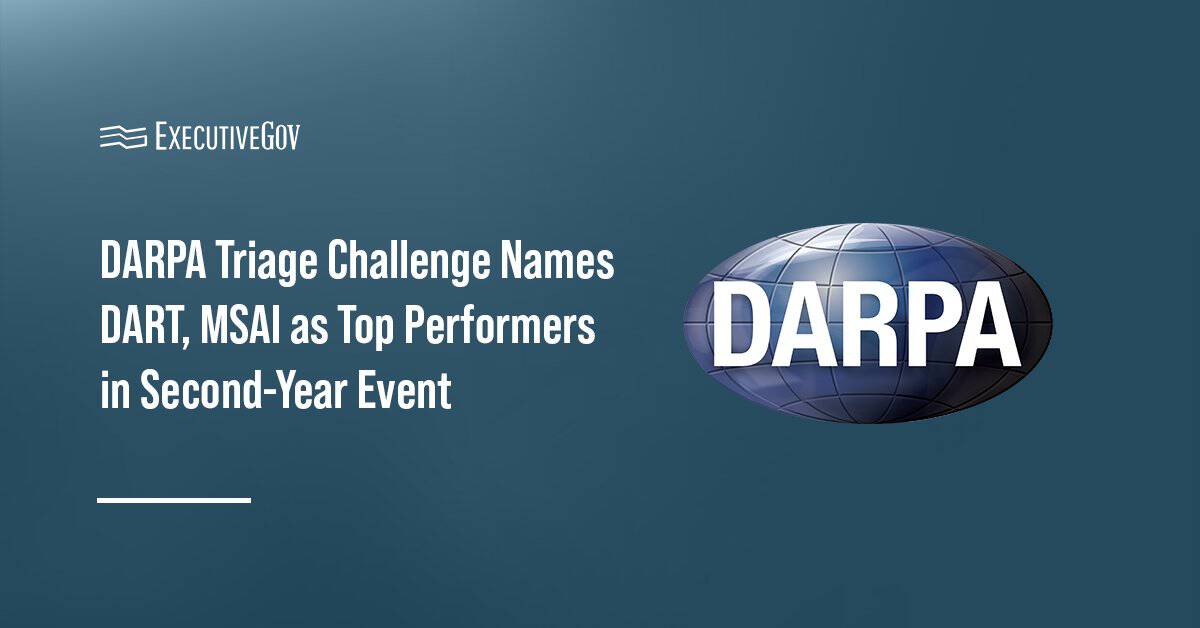The National Institute of Standards and Technology is offering nearly $19.8 million in cooperative agreements to companies interested in four Manufacturing Extension Partnership Centers.
NIST said Wednesday it will accept applications until April 26 for the management of facilities that provide manufacturing support to small and medium-sized businesses in Kentucky, Nebraska, Rhode Island and South Dakota.
Only U.S.-based non-profit organizations, academies, and state, local, tribal and territory governments can be selected for agreements with an initial performance period of up to five years and a cost-share requirement.
NIST scheduled a webinar on Feb. 14 to discuss the funding opportunity. With over 51 centers across the U.S., the MEP program offers technical expertise and assistance from manufacturing professionals to strengthen the domestic industry.





